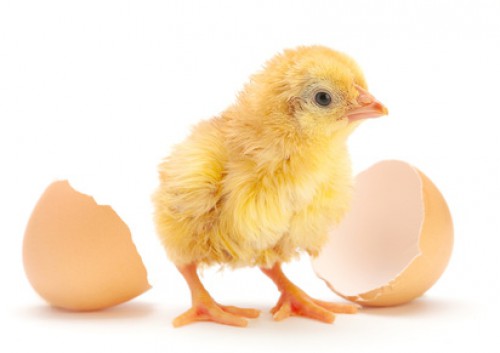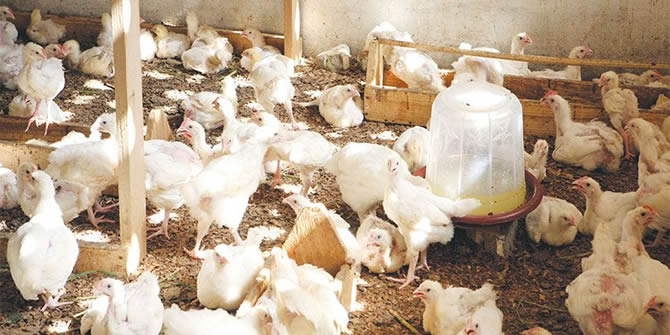Translation Google
CAMEROON, AVIAN INFLUENZA EPIDEMIC: TWO NEW OUTBREAKS DISCOVERIES IN FOUMBOT :: CAMEROON
Awa Fonka Augustine, governor of West Cameroon, signed a decree last Friday, banning the sale and circulation of poultry in the markets of the Nun Department.
This measure was taken as part of the fight against the H5n1 flu, which according to the results observed by the national veterinary laboratory annexed to Yaound? on 13 March last persists in the poultry farms of Messrs. Meli Jean and Charles Tsagu?. Foumbot.
...
As a reminder, the western region of Cameroon has covered, for nearly 8 months, outbreaks of avian influenza that could corrupt the entire chain if the measures taken are not respected
? For Camer.be: Myriane Djifack
20 March 2017
CAMEROON, AVIAN INFLUENZA EPIDEMIC: TWO NEW OUTBREAKS DISCOVERIES IN FOUMBOT :: CAMEROON
Awa Fonka Augustine, governor of West Cameroon, signed a decree last Friday, banning the sale and circulation of poultry in the markets of the Nun Department.
This measure was taken as part of the fight against the H5n1 flu, which according to the results observed by the national veterinary laboratory annexed to Yaound? on 13 March last persists in the poultry farms of Messrs. Meli Jean and Charles Tsagu?. Foumbot.
...
As a reminder, the western region of Cameroon has covered, for nearly 8 months, outbreaks of avian influenza that could corrupt the entire chain if the measures taken are not respected
? For Camer.be: Myriane Djifack
20 March 2017



Comment